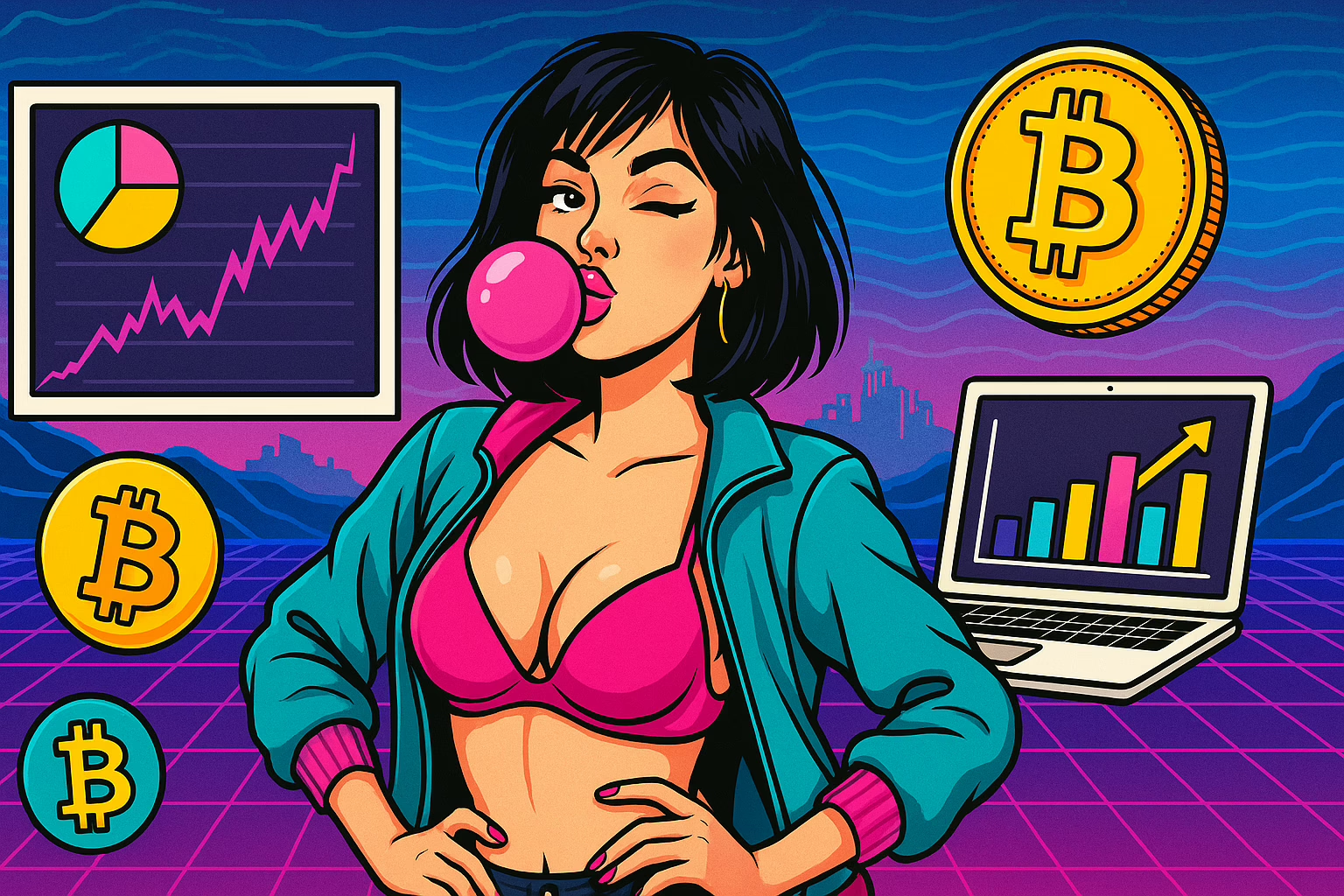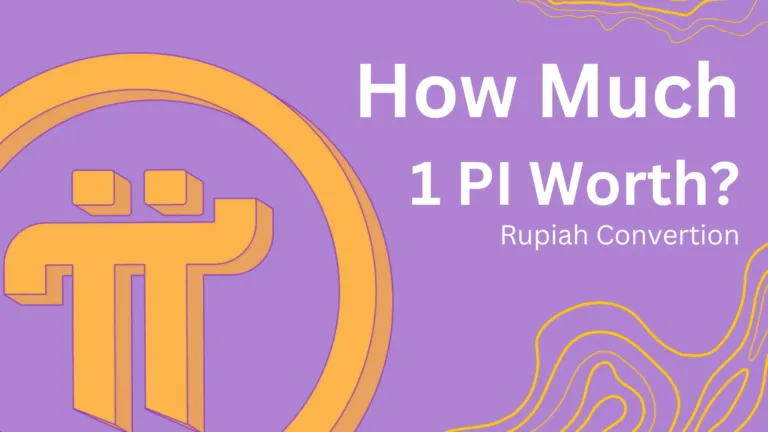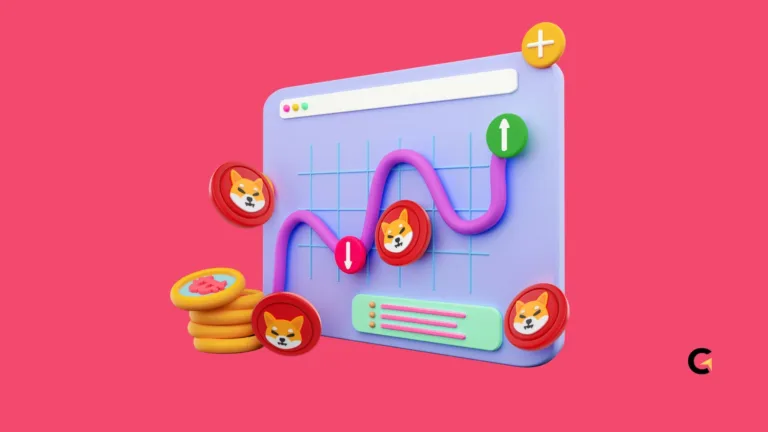SOL on Fire or Falling Apart? 7 Factors You Need to Know
Solana (SOL) has become one of the crypto world’s brightest stars in recent years—not just because of its wild price action, but also thanks to its fast tech and ever-growing ecosystem.
But let’s get real: what actually makes SOL skyrocket—or crash hard?
Quick Facts You Need to Know
Hide-
Network Traffic: High usage = potential congestion or growth.
-
Ecosystem Growth: More devs and TVL = more real use cases.
-
Tokenomics: Controlled inflation + staking = supply pressure.
-
Macro Trends: BTC and global markets still lead the dance.
-
Regulations: Clear rules = more adoption, unclear rules = chaos.
-
Tech Upgrades: Innovations = lower costs, more users.
-
Sentiment & Hype: Crypto’s a vibe. Stay alert.
If you’re tired of just riding the hype train, it’s time to dig deeper. Here are 7 key factors that really drive the price of SOL—explained without fluff, and in a way that actually makes sense.
1. Network Activity & Trading Volume: When Solana’s Engine Overheats
Solana is famous for being blazing fast—we’re talking thousands of transactions per second. But just like a sports car, it can overheat.
During crazy traffic—think NFT booms or DeFi surges—Solana’s network can hit bottlenecks. That means higher gas fees, slower confirmations, and frustrated users. When that happens, confidence dips, and the price can take a hit.
Then there’s trading volume. Big volume usually means more volatility. Short-term traders love to ape in during hype, then peace out just as fast when things turn red. That’s why SOL can pump hard—but also dump just as fast.
2. Ecosystem Growth & Developer Count: The Lifeblood of Solana
Check this: Solana’s Total Value Locked (TVL) jumped from $1.8B to $8.9B in under a year. That’s not just a flex—it’s real adoption.
What’s fueling that? Developers. Solana’s dev community grew over 80% year-over-year, which means more dApps, more protocols, more everything.
Developers aren’t just showing up for the vibes—they’re here for Solana’s speed and innovation. The stronger the dev base, the bigger the use cases, and the more reasons people have to buy and hold SOL. That’s long-term bullish AF.
3. Tokenomics & Staking: How Supply & Rewards Shape Price
Unlike Bitcoin, SOL doesn’t have a fixed max supply. But that doesn’t mean it’s doomed to infinite inflation.
Solana uses controlled inflation (about 6–8% annually), and that newly minted SOL goes to stakers. With staking APYs around 5–7%, a lot of SOL holders choose to lock up their tokens rather than sell.
Less SOL floating around = tighter supply = price potential goes up when demand spikes.
TL;DR Tokenomics:
-
Annual Inflation: ~6–8%
-
Staking APY: ~5–7%
-
Max Supply: Unlimited (but inflation is controlled)
4. Macro Trends & Bitcoin Correlation: SOL Follows the Big Dogs
Like it or not, Solana often moves with Bitcoin.
When BTC pumps because of ETF approvals or institutional adoption, SOL usually follows. But when macro stuff hits the fan—like interest rate hikes or inflation fears—crypto as a whole dumps. SOL gets caught in that tide too.
So if you’re watching SOL, you also need to keep an eye on the Fed, global markets, and overall investor sentiment.
5. Regulation: The Rules Can Make or Break SOL
Crypto isn’t in a wild west forever—regulation is coming, and it matters.
When pro-crypto think tanks (like the Solana Policy Institute) push for clearer, balanced rules, institutional investors start to take notice. But if governments drop confusing or harsh KYC/AML laws, trading volumes can tank overnight.
Clear rules = market confidence. Uncertainty = people panic and bail.
If you’re serious about holding SOL, you need to stay in the loop on global crypto regulations.
6. Tech & Upgrades: The Real Sauce Behind Solana’s Speed
Solana isn’t just fast—it’s innovative.
Its Proof of History (PoH) tech makes transaction validation ridiculously efficient. And upgrades like ZK Compression help shrink on-chain data, making things cheaper and faster.
That has two major effects:
-
Lower costs = more users and devs hop in.
-
Better scalability = more resilience during surges.
When the tech gets better, bigger projects feel safe building on Solana. And that means more demand for SOL.
7. Market Sentiment & Hype: The Emotional Rollercoaster
Let’s face it—crypto is emotional.
One tweet, one announcement, or a single bullish headline can send SOL soaring. But the opposite is also true: a bug, a failed upgrade, or even just FUD can tank the price.
Influencers, media, and even memes have a real impact. Sometimes the price jumps for no good reason. But hype doesn’t last forever—when it fades, so can the price.
Your job? Learn to spot real fundamentals vs. pure speculation.
Final Thoughts: Stop Following Hype—Start Understanding the Game
Solana’s price isn’t driven by one single thing. It’s a mix of network data, tech, macro vibes, regulations, and market emotions. It’s a complex dance.
If you’re into crypto—and especially Solana—you owe it to yourself to understand these 7 key drivers. It’ll help you make smarter moves and avoid getting wrecked by hype.
Don’t be a FOMO zombie. Be the one with a plan.
Frequently Asked Questions (FAQs)
What is Solana (SOL)?
A high-performance blockchain using Proof of History to process tons of transactions at low cost.
How does staking affect SOL's price?
Staking locks up supply, giving holders rewards and reducing market float—tightening supply and pushing price potential up.
How correlated is SOL with Bitcoin?
Very. BTC’s big moves often set the tone for the whole market, and SOL tends to follow.
Why do upgrades matter for SOL?
They improve scalability and efficiency, which draws in more devs and users—ultimately boosting demand.
How does regulation impact SOL?
Clear policies increase trust and institutional participation, while uncertainty drives fear and lower volume.






